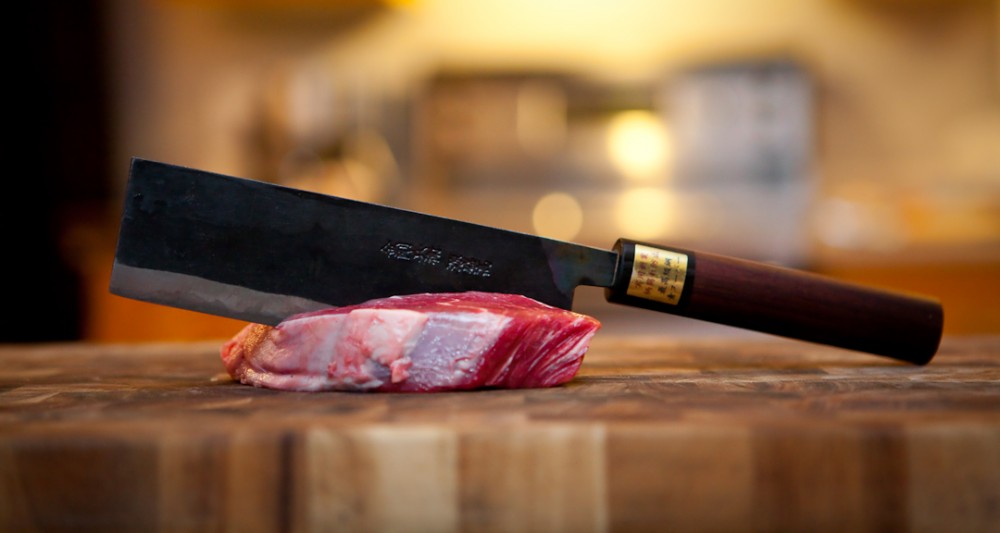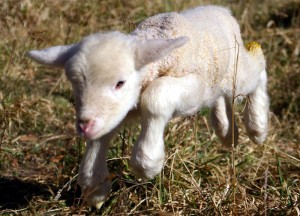A little over a week ago, professional hockey commentator and human controversy generator, Don Cherry, caused a stir when he expressed his outrage on hearing that his partner, Ron McClain had eaten a seal burger for lunch at Mallard Cottage in St. John’s. Cherry called McClain a “barbarian” for eating a “little baby seal”. After the immediate backlash from Newfoundland, a place close to the former coach’s heart, he clarified that he has no problem with eating seal; just that he found it odd to be eating seal for lunch.
It was interesting is that Cherry didn’t just talk of seals, he talked of baby seals, the image of which has long been used as an emotional appeal against the seal hunt. The picture of the newborn white coat seal was the focal point of the single most successful animal rights campaign ever, which resulted in an outright ban on the harvesting of white coasts in the 1970s.
Those in favour of the seal hunt often rail against the continuing myth that baby seals are still hunted, but to be fair, it is more of a gross exaggeration than a myth. Seals usually molt their coats after three weeks or so, after which it is fair game to kill them. Many anti-seal hunting camp use this as justification for their continuing to state hunters are still killing baby seals. I’m not going to attempt to classify whether a 3 week old seal should be more accurately described as a toddler, an infant, or simply in the spring of its life, but it is fair to say that three weeks is a very young seal
What I find baffling is that so many people who were so appalled at the notion of eating a baby seal, as opposed to an adult one, have absolutely no problem eating lamb, veal, or pub style chicken wings. Seals are no doubt cute, but nothing is as adorable as a little baby lamb. A crying lamb actually sounds a little like a crying baby, but when have you ever heard anyone suggest that you should boycott a restaurant that serves baby sheep?
Whether you are someone against the killing of young animals, or just young, cute animals, either way the serving of lamb on menus should be sparking a little outrage. Perhaps a lot of people who support animal rights just really like the taste of lamb. Maybe if they tried a seal burger they wouldn’t be quite so outraged over the seal hunt.


The answer is simple….. There is no money in protesting those foods whereas there is huge money in protesting sealing. Since the 1960s animal rights groups have enriched themselves through their anti sealing propaganda to the detriment of Canadian sealers in Newfoundland & Labrador, Quebec and Nunavut. One animal rights group alone has assets of over $100 million. Harp seals have NEVER been on any reputable list of of endangered or threatened species. Canadian sealing is a sustainable use of a natural resource carried out by licensed, well trained sealers under the rules and regulations of the government of Canada, which have been developed based upon both population science and humane killing techniques. Under this regime we have increased the population of Harp seals from a couple of million animals to about 7.5 million animals today.
Animal rights is NOT animal welfare or animal conservation. Animal rights groups are in fact a threat to genuine animal conservation and welfare. The more their propaganda is spread by an uncritical, unquestioning media the greater the threat to genuine animal welfare and conservation groups. By constantly quoting “celebrities” and “pseudo facts” knee jerk journalism interested in ratings and profit is the main PR tool of the animal rights movement. The result is a misinformed mislead public, owned politicians and multi million dollar bank accounts. In modern urban society “celebrity” and “money” rule to the detriment of ethics and accountability. The media should pay attention to the immortal words of Pogo: I have met the enemy and he is us.
Well said, Jim. I am continually amazed that there could be anyone in Canada who is not aware of how dishonest, exploitative, and hypocritical the anti seal hunt attacks have been. It’s been going on for over four decades, after all, and the evidence is out there. It is particularly appalling when the Canadian media expresses blatant untruths about sealing. Can it actually be that the English media outside of Newfoundland is unaware of how misleading the anti sealing companies are? I know the French media is more aware, but the Engish media seems to suck it up unquestioningly.
Just a quick clarification for the author, harp seals are fair game when they start moulting their coats at the age of three weeks, now called a raggedy-jackets. This lasts for roughly 18 days. Even though harp seals can legally be hunted at the onset of the raggedy-jacket stage of development (roughly 16 days old) they are not hunted until after the raggedy-jacket stage, around 34 days old. Some may say well that is only a few weeks in the difference but what people need to stop doing is associating human development with other species development. In reality, harp seals are one of the fasted developing species on the planet. Their mothers leave them to fend for themselves at two weeks of age while your lucky if you still don’t have one of your human kids living in your basement well into their twenties! So if an animal can develop enough over 2 weeks to fend for itself in the big bad world that extra three weeks should give people a completely different opinion on whether or not “babies” are killed during the harp seal hunt. Last time I looked I didn’t see a lone stroller pulling up to the McDonald’s drive through or checking out groceries at the grocery store.
Pingback: Fur in the News: June 2015 Roundup